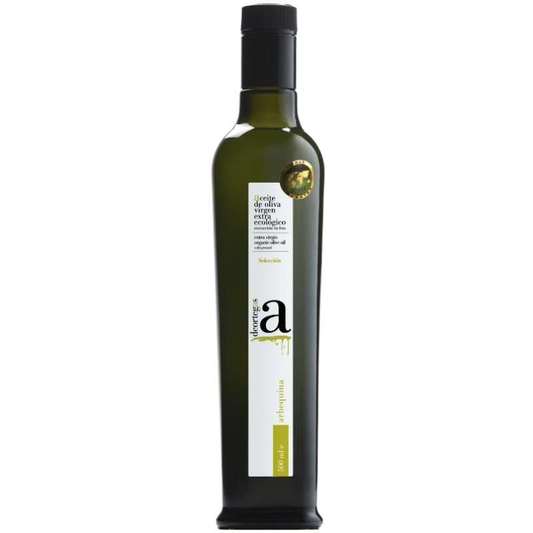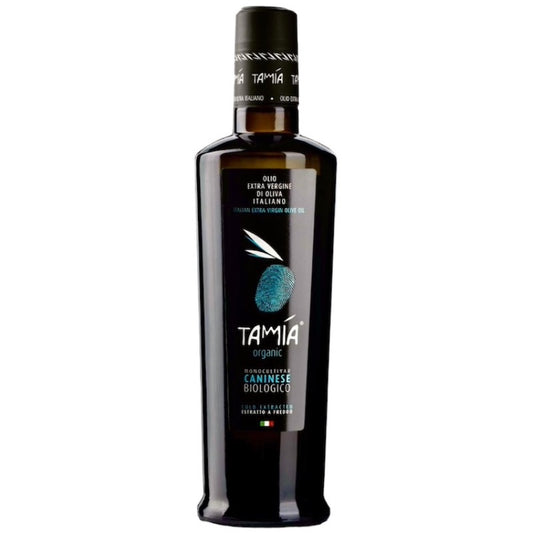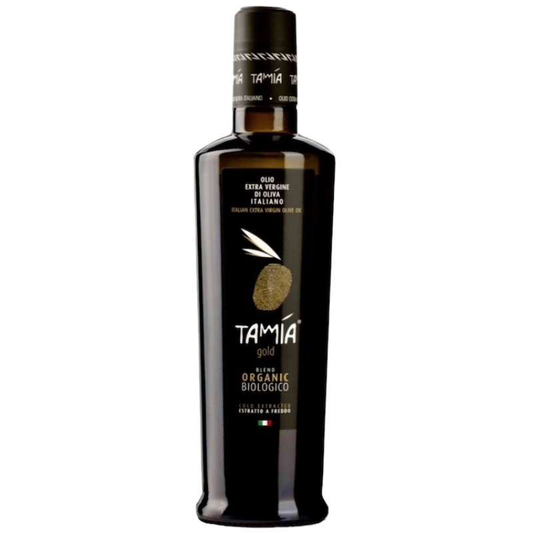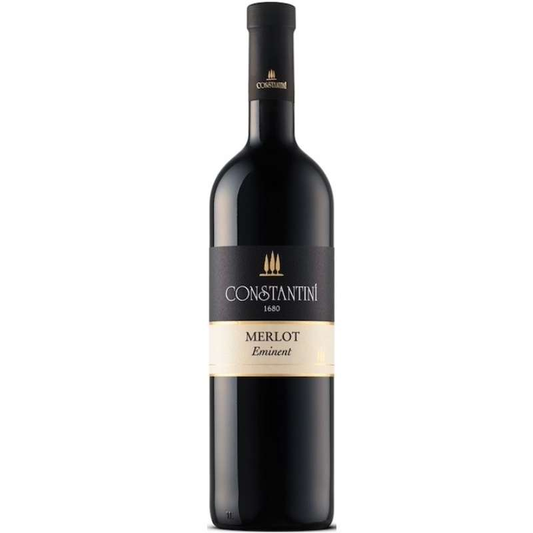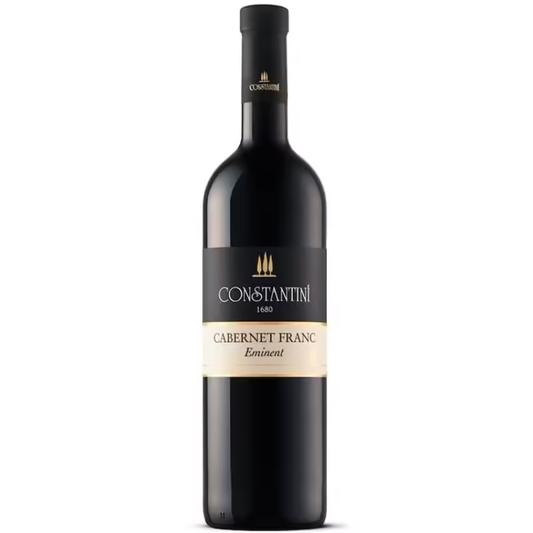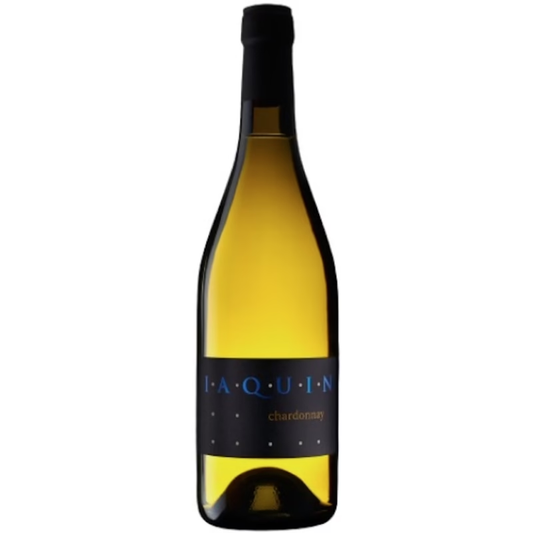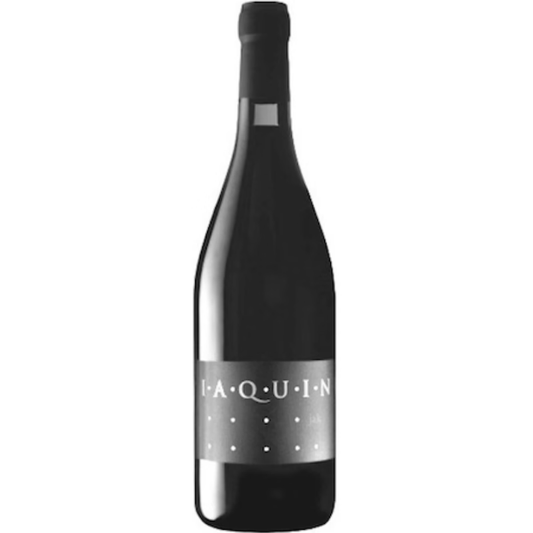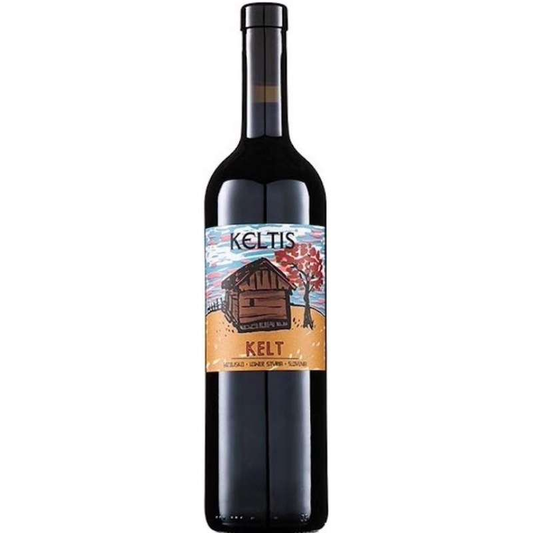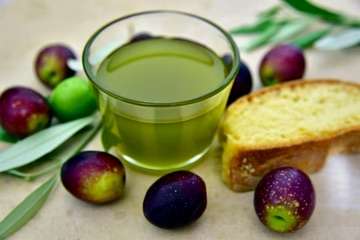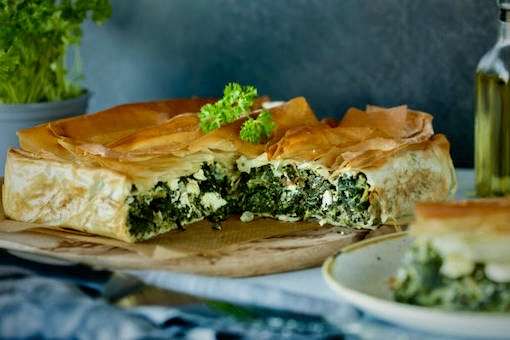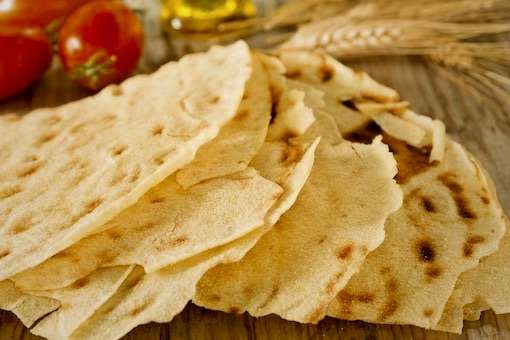Cheap Olive Oil Is Not Olive Oil: Here’s Why
Share
The food industry is our inevitable companion throughout our life.
It is creating more and more new products, improving technology, and brainwashing us.
Well, the latter is not necessary because we don’t use our brains when deciding what to fill our stomachs with. We definitely use something else, otherwise, we would never be able to enjoy Coca-Cola a mixture of fried sugar, phosphoric acid, corn syrup, caffeine, and glycerin.
The industry is developing rapidly so we get more and more affordable food and no longer die of hunger. Now we are dying of obesity, diabetes, cancer and heart disease by consuming sugar, gluten, transgenic fats (including fake olive oils obtained by heating), solvents, artificial flavours, colorants and other rubbish.
Year after year we can see more and more cheap food in supermarkets. We don’t even try to think about where it comes from and why it is so cheap. We just want more and more cheap food…
Every month, thousands of people google cheap olive oil, good cheap olive oil, cheap extra virgin olive oil, and other nonsense. Sometimes they even search for the best cheap olive oil. Why? To get the best cheap cancer in ten years?
It’s all about our consumption habits. Why do we decide to buy something cheap when similar products differ in price at times?
Maybe we think something like this: “Olive oil for 10€/L is good; anything that is more expensive is perhaps a little better, but I don’t want to overpay ”.
Just like buying a camera: “20 megapixels is enough for me, I don’t want to overpay”.
No, it doesn’t work that way! The price of olive oil does not correlate linearly with its health benefits.
Yes, starting from a certain level this is exactly how it works: the more expensive the olive oil, the better it is. Most likely 30€ olive oil is better than olive oil for 22€. However, what you are buying for 10€ is not just less healthy olive oil. It’s not olive oil at all, it is poison!
Hexane: They Use It to Produce Fake Olive Oil
🧪 What is Hexane? Hexane (C6H14) is a chemical substance derived from crude oil. It is a highly flammable, colorless liquid that belongs to the alkane family of hydrocarbons.
Key properties of Hexane include:
- Non-polar nature: This makes it an excellent solvent for dissolving non-polar substances like fats and oils, which is its primary use in food and industrial applications.
- High Volatility and Low Boiling Point (≈69∘C): These properties allow it to evaporate quickly and easily be removed from the extracted material after use.
- Industrial Use: It's widely used in labs, as a cleaning/degreasing agent, in adhesives, and most commonly, for extracting vegetable oils (like soy, canola, and sunflower) from seeds.

In the context of olive oil, the use of hexane is associated with the production of so-called olive pomace oil, which is lower-quality toxic oil. After initial mechanical pressing extracts extra virgin olive oil, a solid residue called pomace remains. This pomace still contains a small amount of oil (fatty material). To extract this residual oil cheaply, the pomace is treated with a chemical solvent, typically hexane. The hexane dissolves the remaining oil from the solid pomace. This is the same method used to extract most other common edible vegetable oils. The resulting mixture of oil and hexane is then heated, causing the hexane to evaporate (due to its low boiling point), which allows it to be recaptured and reused. This crude oil byproduct, known as crude olive pomace oil, is unsafe for consumption and must undergo extensive refining (so that we don't die immediately after consuming this crap). The refining process involves multiple steps like neutralization, filtering, and deodorization to remove impurities, undesirable flavors, and residual hexane. The final product is called refined olive oil, which is then often blended with a small amount of virgin olive oil to create fake extra virgin olive oil for the consumer market.

While this process is technically legal for producing olive pomace oil, it is considered a way to extract the very last, lowest-quality oil, which is why it is the adulteration or misrepresentation of genuine, mechanically-extracted olive oil. Reputable, high-quality olive oils (Extra Virgin) are not extracted with chemical solvents.
Dishonest Practices They Use to Make and Sell Fake Olive Oil:
Blending with other oils: One common method is to blend olive oil with cheaper vegetable oils, such as sunflower oil or soybean oil. This allows manufacturers to reduce costs while still labeling the product as “olive oil.” These blended oils lack the health benefits and flavor characteristics of real olive oil.
Dilution with low-quality oils: Dishonest producers dilute olive oil with lower-grade or inferior oils to increase their profit margins. This dilution can compromise the quality and flavor of the final product.
Mislabeling the grade: Extra virgin olive oil is considered the highest quality and is obtained from the first cold pressing of the olives that were harvested several hours before pressing. Dishonest olive oil producers label lower-grade oils, such as “virgin” or “pomace” olive oil, as “extra virgin” to deceive consumers.
Refined olive oil: Refined olive oil undergoes a process that involves heat and chemical treatments to remove impurities and neutralize flavors. Dishonest manufacturers pass off refined olive oil, which lacks the desirable taste and health benefits of extra virgin olive oil, as a premium product.
Adding artificial colorings and flavors: To mimic the appearance and taste of high-quality olive oil, dishonest producers add artificial colorings and flavors. These additives can mask the inferior quality and provide a false perception of authenticity.
Packaging and labeling deception: Fake olive oil producers use misleading packaging and labeling that suggests the product is from a specific region known for high-quality olive oil when it is not. They may also use labels that contain misleading or false certifications to deceive consumers.
The saddest thing is that it is a delayed-acting poison, quietly killing people for many years. Just like cola, chips, and many other junk foods they enjoy every day.
You may say: “That’s all very nice, but what can we do? Not everyone can afford premium olive oil“. You know, olive oil is not that vital, and nobody dies because of its absence. So it’s better to live without it than consume carcinogens.
Below you'll find an excerpt from the book Extra Virginity by Tom Mueller, as an explanation of how cheap olive oil is produced:

“Front-end loaders dump the pomace into a large hopper, from which it moves into a steel tube heated by the furnaces, that rotates slowly until most of the moisture in the pomace has evaporated. The dried pomace is transferred into tall silos and drenched with hexane, an industrial solvent. After the residual oil dissolves into the hexane, leaving the pomace, a blast of steam as loud as a cannon-shot drives the mixture of solvent and oil into a separate tank, where it’s heated to evaporate off the hexane. What’s left is a dense, black liquid known as crude pomace oil…
… Before this oil can be sold as food, it’s piped into a refinery in an adjoining building for desolventization, deacidification, deodorization, degumming, and other chemical processes. The resulting clear, odorless, tasteless fat is blended with a small quantity of extra virgin olive oil to give it flavor, and is sold as “olive pomace oil.”
This substance is a poor cousin to extra virgin olive oil, with a dubious past. From time to time, Italian and EU health inspectors have detected toxins, mineral oil, and carcinogenic material in pomace oil; there have been Europe – wide health alerts for contaminated pomace oil, leading to product recalls and confiscations.”
The book was published in 2011. Has something changed? It’s even worse now.

